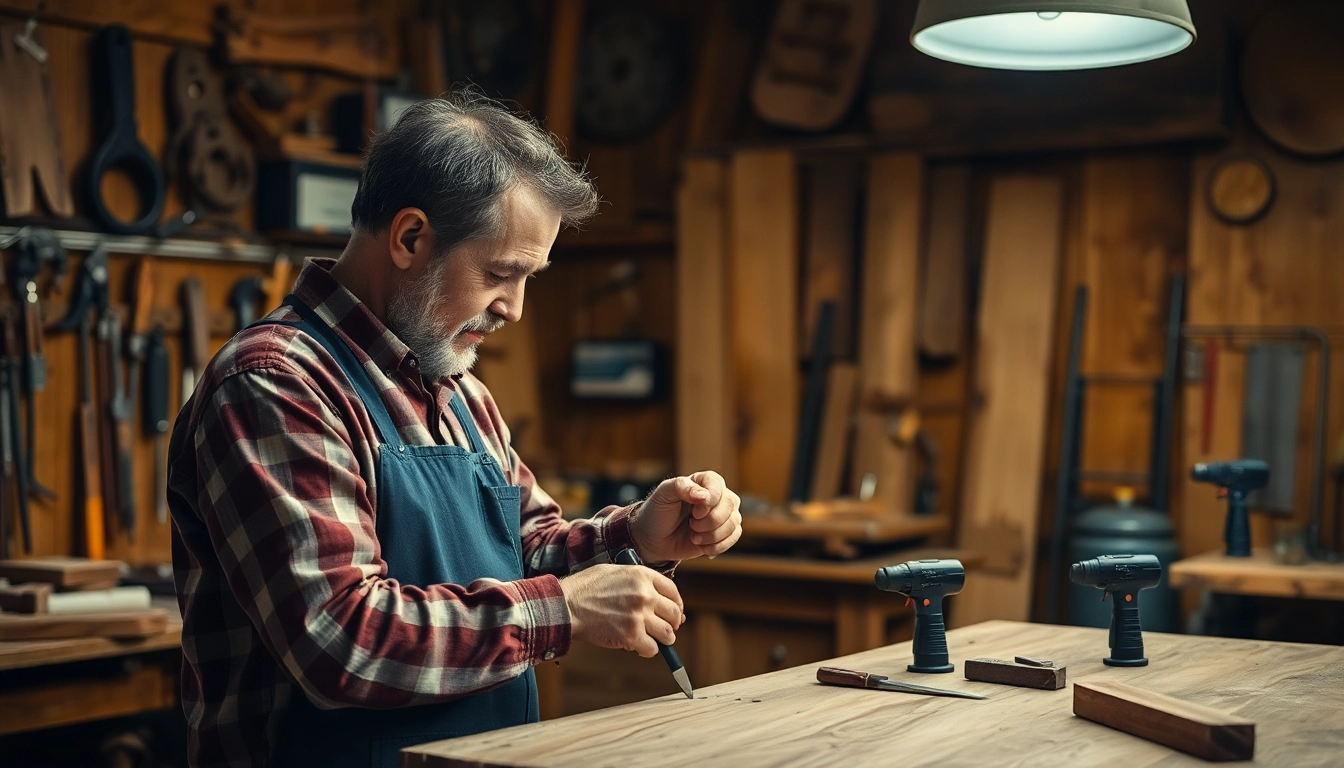Understanding Back Bar Repair Basics
Back bar repair refers to the processes involved in fixing and restoring the functional and aesthetic qualities of a bar’s back section—this could include shelves, racks, or structural components behind a bar. The back bar area is critical in commercial establishments, especially bars and restaurants, where it serves as both a functional workspace and a focal point for customers. When it suffers damage or wear, it can affect overall operations and the ambiance of the establishment.
There are various aspects to consider when approaching back bar repair, including the types of materials used, the common issues that arise, and the appropriate tools and techniques needed for successful repairs.
What is Back Bar Repair?
Back bar repair involves fixing damage and ensuring the functionality of components that are pivotal for both storage and presentation behind the bar. This can include addressing problems related to shelves, racks, glass storage areas, and the back bar itself which might be made from various materials like wood, metal, or a combination of both. Effective back bar repairs not only restore functionality but also enhance the aesthetic appeal contributing to the bar’s overall design.
Common Issues with Back Bars
Back bars commonly face a variety of issues, including:
- Structural Damage: Over time, heavy bottles and equipment can lead to sagging shelves or broken supports.
- Water Damage: Exposure to moisture can result in wood rot, rust on metal parts, and delamination of finishes.
- Wear and Tear: Frequent use can cause scratches, dents, and fading, detracting from the aesthetics.
- Back Bar Cooler Issues: Refrigerators integrated into back bar systems can malfunction, causing spoilage of goods.
- Lighting Problems: Inadequate or malfunctioning lighting can affect the visibility and ambiance.
Materials Needed for Repairs
Repairing a back bar generally requires the following materials, which will vary based on the specific issue being addressed:
- Wood Glue: Essential for fixing structural damages on wooden components.
- Hardware (screws, anchors): Necessary for reinforcing connections and mounting shelves.
- Replacement Parts: These may include new shelves, brackets, or even components for cooling systems.
- Cleaning Supplies: To remove stains and prepare surfaces for repair or refinishing.
- Tools: A drill, screwdrivers, clamps, a level, and any specialized tools for specific repairs.
Step-by-Step Guide to Back Bar Repair
Assessing the Damage
Before embarking on repairs, assessing the extent of the damage is crucial. This involves closely examining the back bar for visible signs of wear, evaluating the structure’s integrity, and checking for functionality issues, particularly with storage areas. Identifying the type and extent of each problem will inform the approach to repair and the materials needed.
Gathering the Right Tools and Materials
Once you’ve identified the necessary repairs, gather your tools and materials. Ensure you have everything on hand to avoid interruptions during the repair process. It may also be helpful to consult with a professional if the repairs seem too extensive or specialized.
Executing the Repair Process
When you are ready to start repairing, follow these general steps:
- Prepare the Area: Clear the back bar of all items, ensuring a clean workspace.
- Secure or Remove Damaged Components: If an area is sagging, remove any broken parts or reinforce them temporarily.
- Repair Structural Damage: Apply wood glue or use screws and metal brackets to fix any loose or sagging areas.
- Replace Damaged Parts: Install new shelves or supports if necessary.
- Restore Finish: Consider sanding and refinishing wooden surfaces, or clearing rust from metal sections.
- Check Cooling Units: If applicable, inspect and fix any issues with back bar coolers. Regular maintenance may involve cleaning the coils or checking the thermostat.
- Test Functionality: Ensure everything is securely in place and functioning correctly before restocking the bar.
Tips for Maintaining Your Back Bar After Repair
Cleaning and Protection Techniques
After repairs are completed, maintaining the back bar is essential for prolonging its lifespan and appearance. Regular cleaning with appropriate cleaners for wood and metal will help preserve surfaces. Apply protective finishes on wood to prevent moisture damage and wear.
Regular Maintenance Practices
To keep your back bar in optimal condition:
- Inspect regularly for signs of wear and tear.
- Ensure that all components are tight and secure.
- Keep surfaces dry and clean to avoid moisture damage.
- Check the functionality of back bar coolers monthly.
Signs You Need Further Repairs
Even after a successful repair, be vigilant for signs that further attention is needed, such as:
- Sagging or bowing shelves.
- Rust on metal components.
- Stains or water damage appearing on finished surfaces.
- Equipment not functioning correctly, such as lighting or refrigeration.
Professional Back Bar Repair Services
When to Call a Professional
While many repairs can be conducted as DIY projects, certain situations require professional expertise, such as extensive structural damage, complex issues with refrigeration systems, or if you feel unsure about executing repairs safely.
Choosing the Right Repair Service
When selecting a professional repair service, consider the following:
- Experience: Look for services specializing in furniture or commercial bar repairs.
- Reputation: Seek reviews and testimonials or inquire for references.
- Cost Estimates: Obtain multiple estimates to ensure a fair price.
- Warranty and Guarantees: Ensure the service offers warranties on repairs.
Cost Estimates for Professional Repairs
The cost of professional back bar repairs can vary significantly based on the extent of damage, required materials, and labor. Generally, you may expect prices to range from $100 to over $1,500 for significant repairs. Always obtain a detailed quote before proceeding.
DIY vs. Professional Back Bar Repair: Making the Choice
Advantages of DIY Repairs
Opting for DIY repairs can save money and allow more control over the process. It enables you to learn valuable skills and often complete repairs at your own pace. If the damage is minor and you have the confidence, this can be a viable option.
Benefits of Hiring Professionals
Hiring professionals offers peace of mind because of their expertise and experience. They can typically diagnose and execute repairs more efficiently and come equipped with knowledge of best practices and industry standards.
Final Recommendations
Ultimately, the decision between DIY and professional repairs should consider your comfort level with tools, the nature of the damage, time availability, and budget constraints. A hybrid approach—conducting small repairs while leaving significant issues to professionals—can optimize both cost-effectiveness and quality of repairs.


